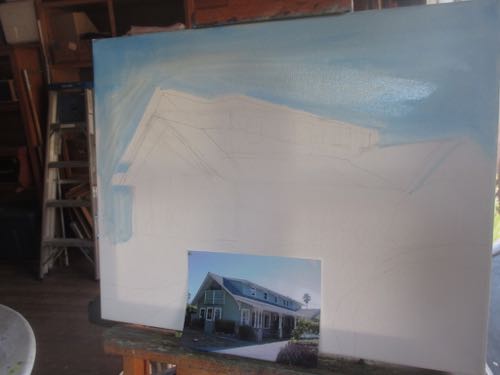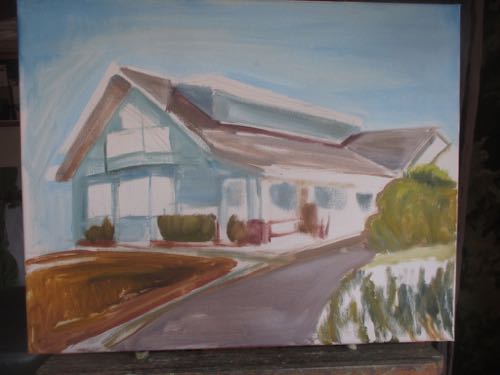If you receive these posts in email and the pictures in the post don’t show for you, tap here janabotkin.net. It will take you to the blog on the internet.
I was procrastinating (and yardening) in order to think. Sometimes procrastination is simply waiting for inspiration. If you are a person of faith, that is a time of waiting for the Lord to show the way through some of life’s more puzzling situations.
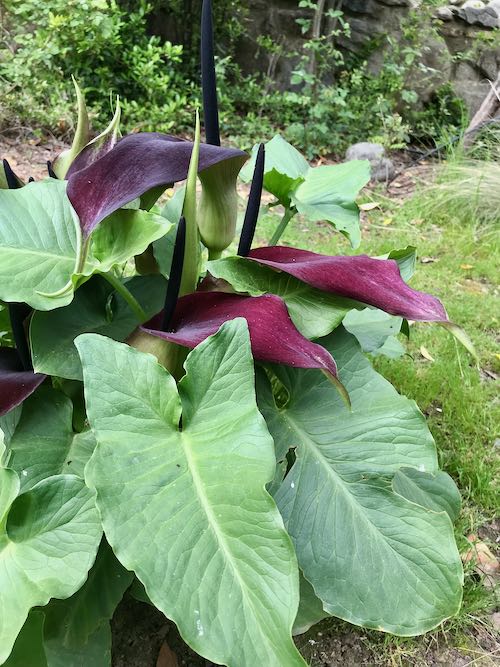
One of my puzzling situations was how to paint the mountains accurately on a commissioned oil painting when I didn’t have the right photos. Sure, Part A is in Photo A, Part C is in Photo C, but then Photo B doesn’t match or fit because it was taken from a different location or there is a tree blocking what I need to see.
I can fake mountains and foothills pretty well, but this particular painting is calling for accuracy. Well, actually, Mr. Customer is calling for accuracy in the mountains, and I fully understand and endorse his desire. The point of the painting for him, besides recalling a moment in time, is to be able to see specifically which peak is where.
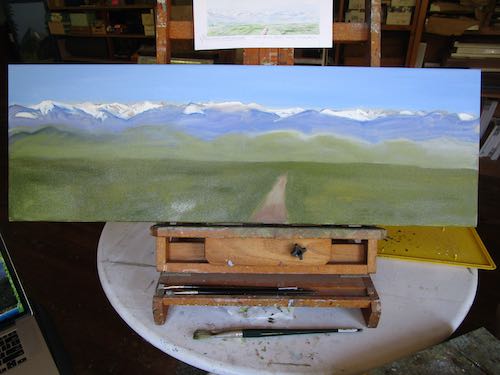
I had a good start, but there were some significant difficulties, such as what happens between Castle Rocks and Sawtooth. I could make a few white dabs, but when Mr. Customer and I try to name peaks, our efforts would be stymied by misleading information. (Heaven forbid that we participate in dis and mis information!)
The answer came while having lunch on Rocky Hill.
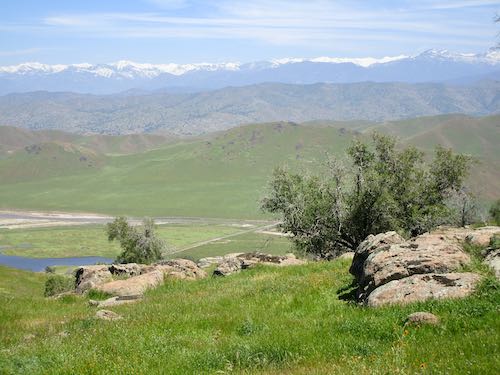
Let’s crop and enhance it.
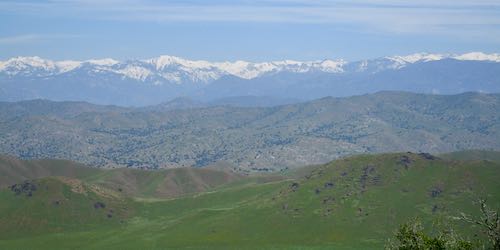
Nope, this isn’t the span of mountains I am seeking. It’s in this photo, but those beeves are in the way.
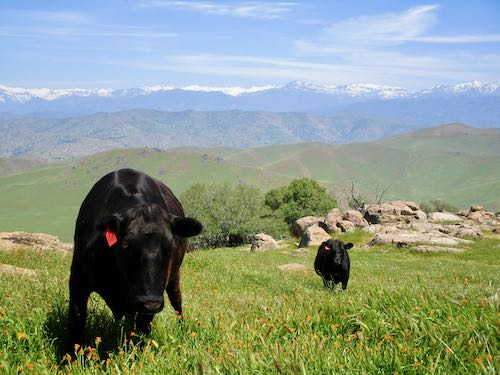
I cropped out the cattle, messed with the exposure so the mountains were very distinct against the sky, and VOILA! (That is French for THIS IS WHAT I WANT AND NEED! Maybe. I don’t speak French.)
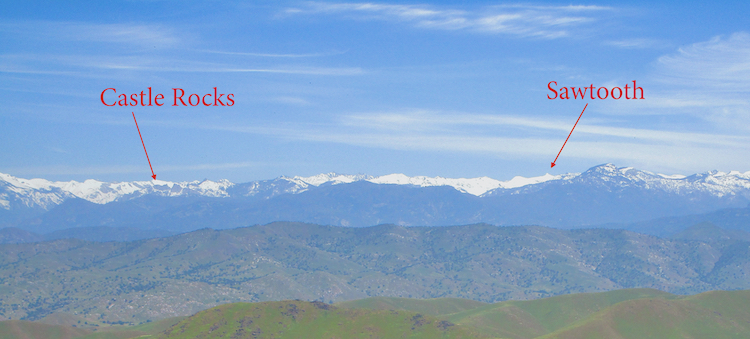
Was I seeking inspiration?
Maybe. People who aren’t artists think there is some sort of woo-woo inspiration thing that causes artists to do our thing.
I am more practical. There is beauty everywhere, subjects that would make great paintings, but as a professional, I have to take into account what my customers (and potential customers) want.
So, more than inspiration, I was seeking information, but needed help to find it, and then, right on time, the Lord provided. (If you are not a person of faith, you might credit “the universe”. That’s too woo-woo for me.)
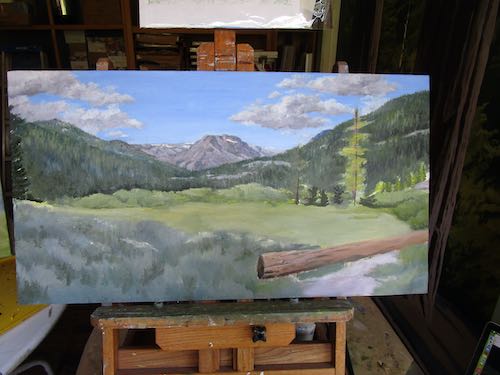
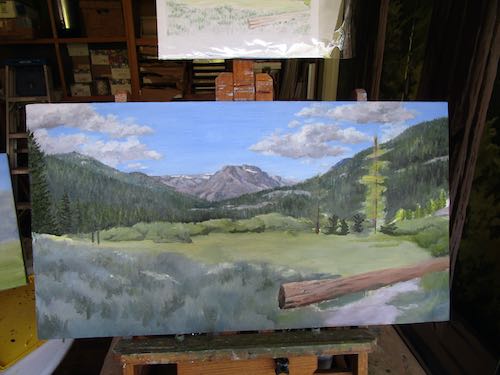
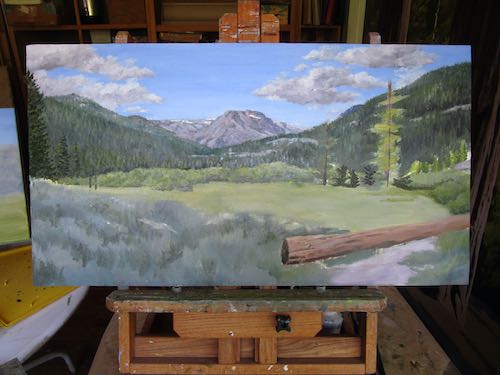
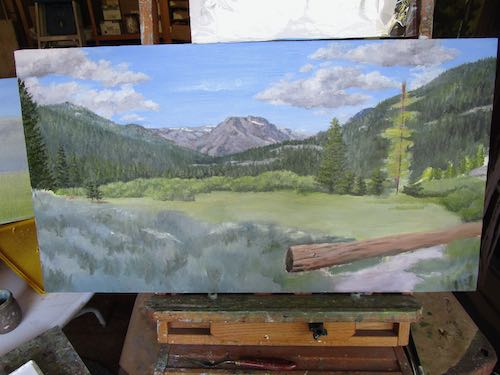
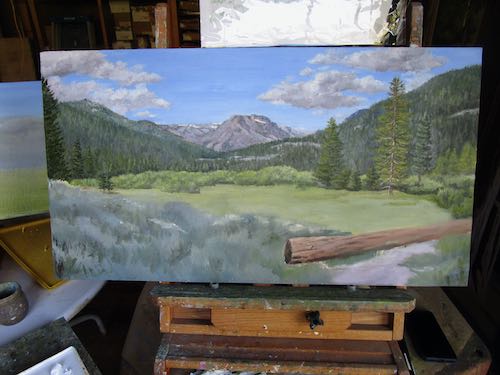
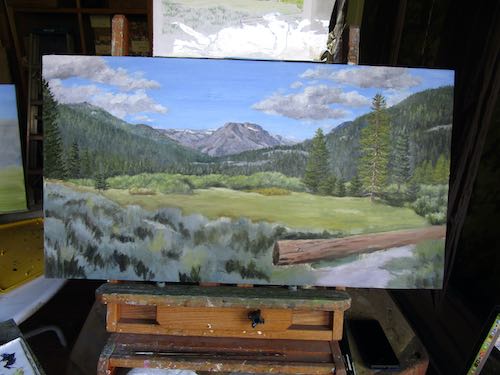
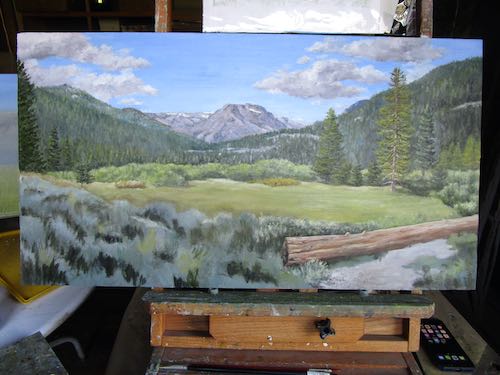
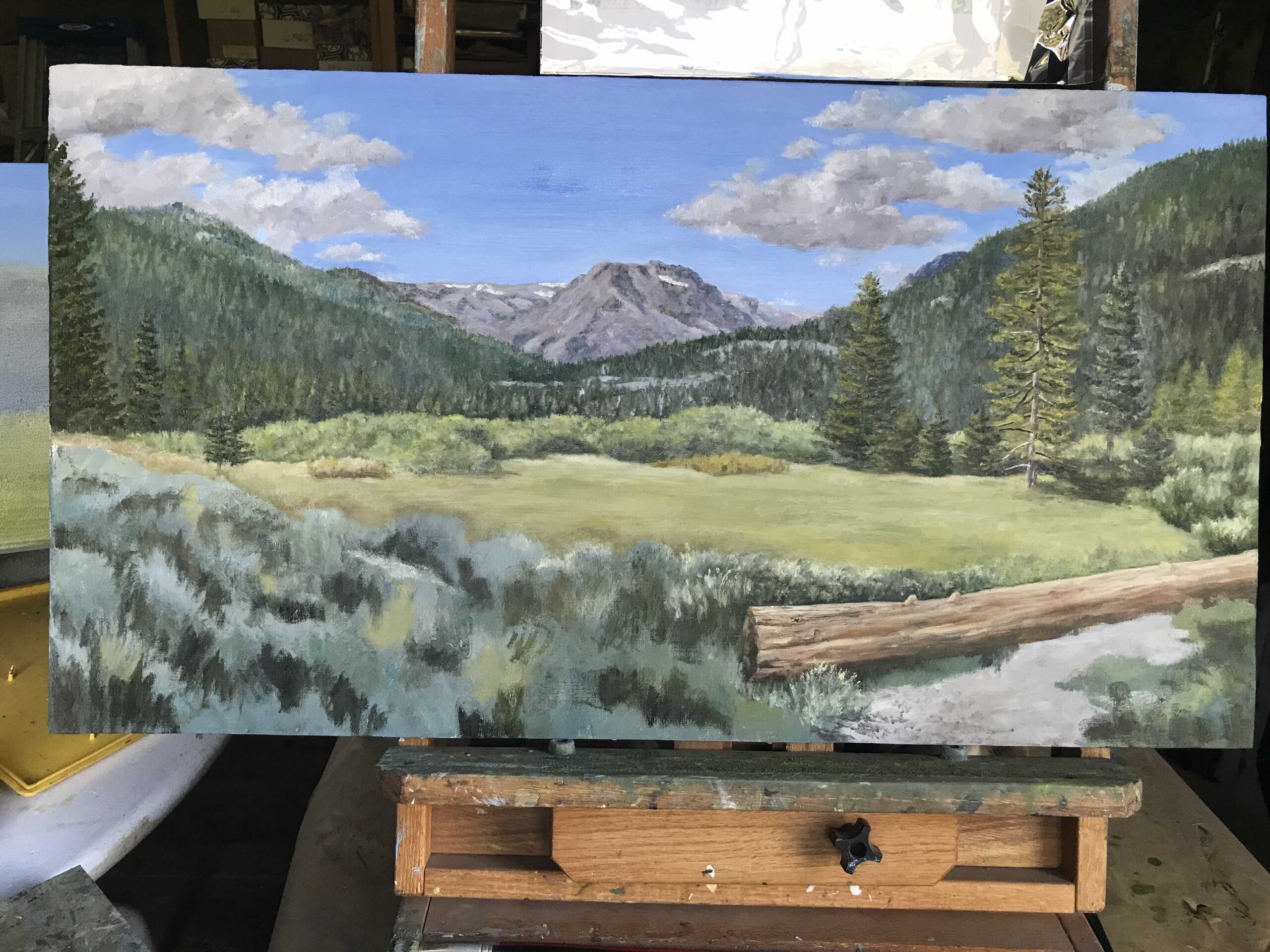 I am starting to really like this painting, which I have decided to call “Somewhere North of Tahoe”. Too bad I didn’t get my donkey in gear earlier this morning or I could have this painting finished now.
I am starting to really like this painting, which I have decided to call “Somewhere North of Tahoe”. Too bad I didn’t get my donkey in gear earlier this morning or I could have this painting finished now.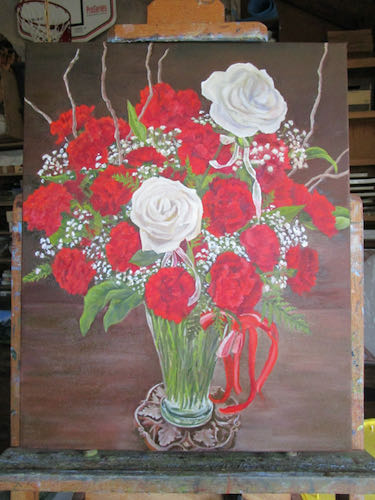
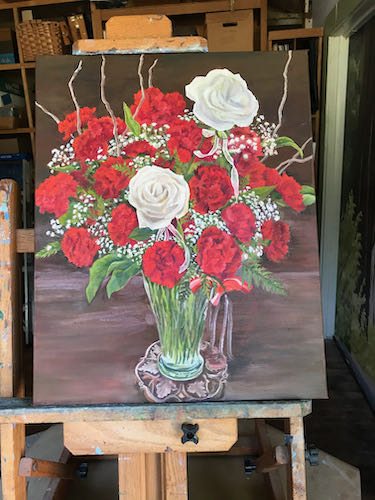
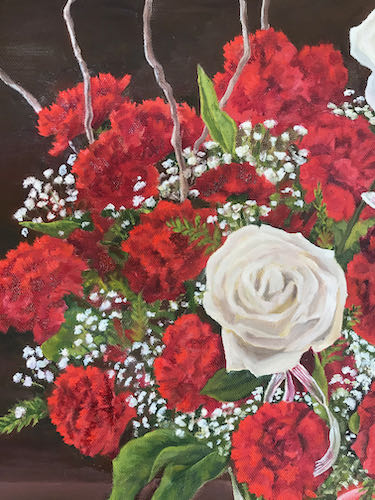
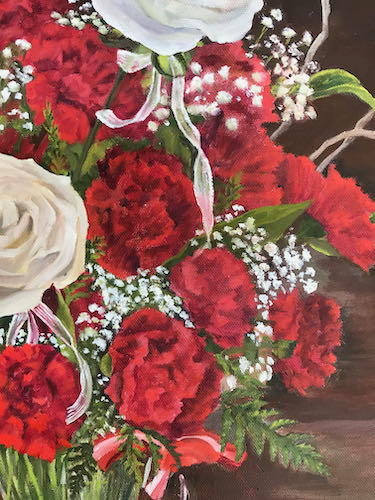
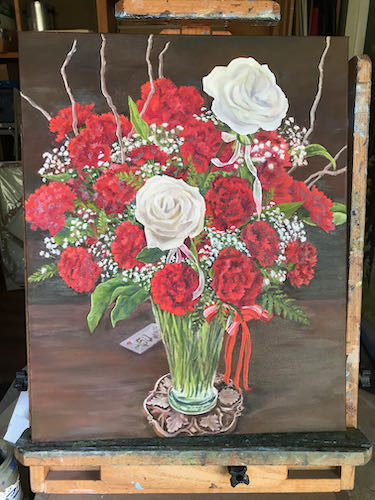
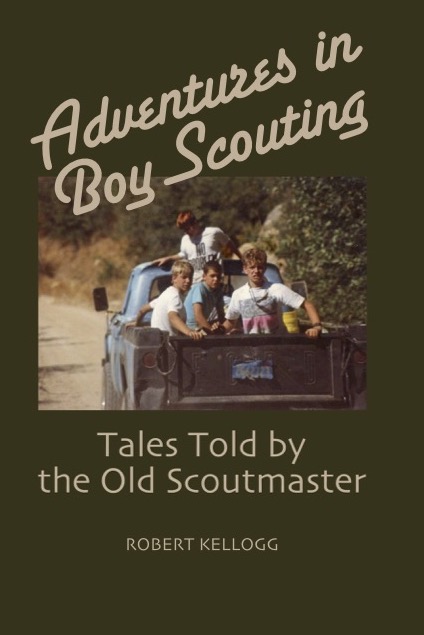

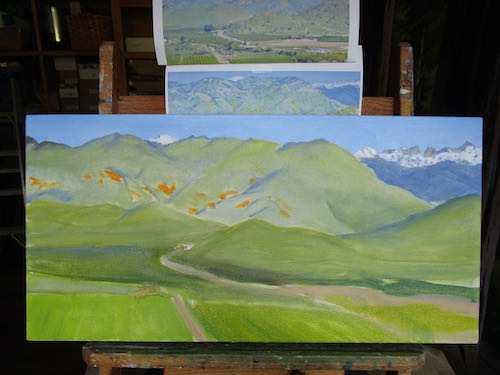 I detailed the mountains and put a second layer on my favorite scene.
I detailed the mountains and put a second layer on my favorite scene.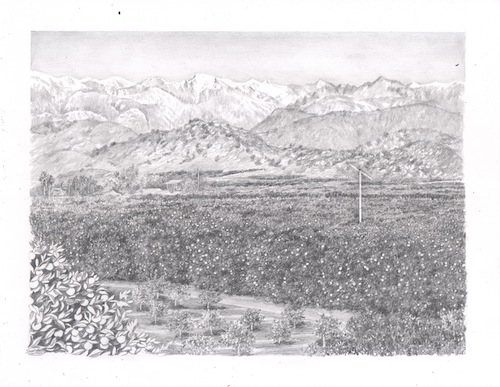
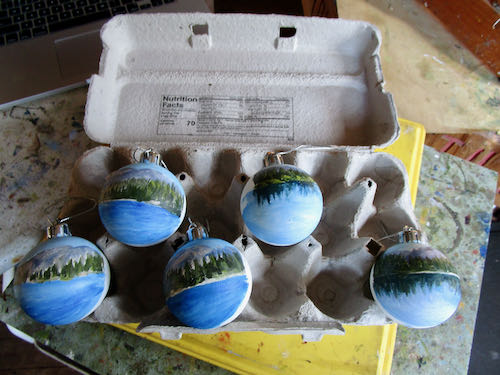
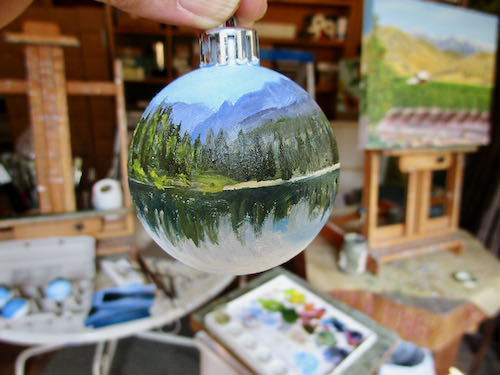
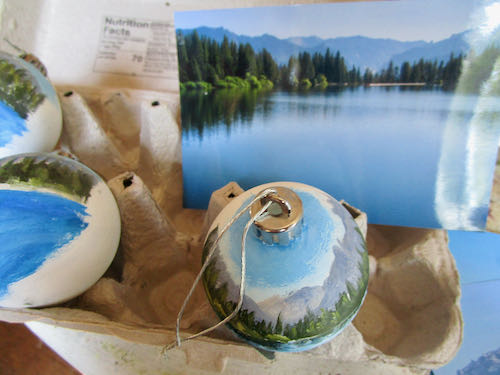
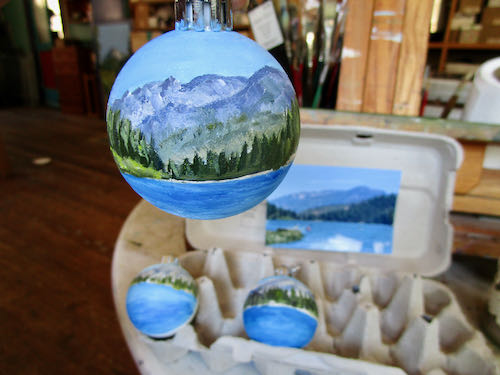
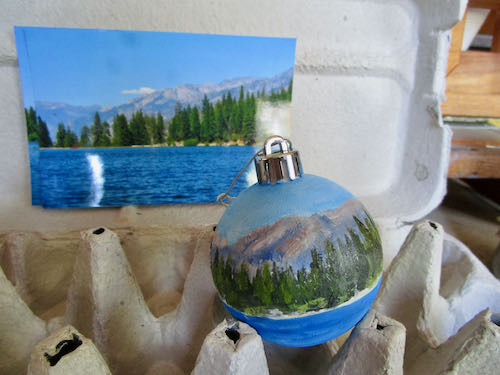
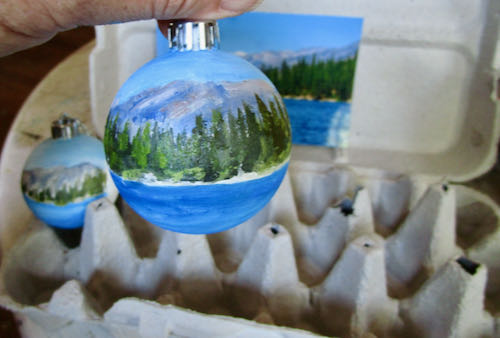
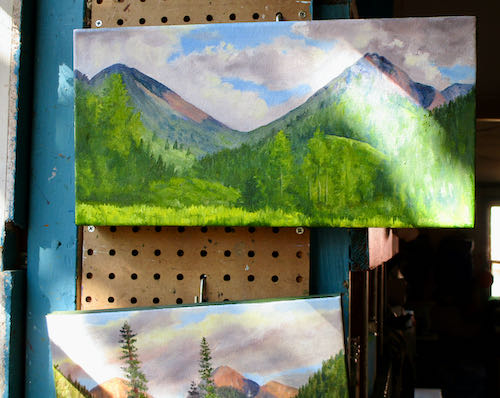
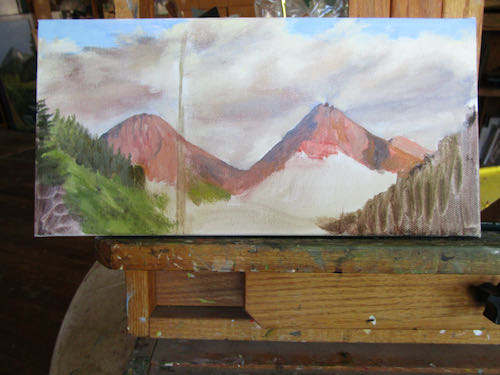
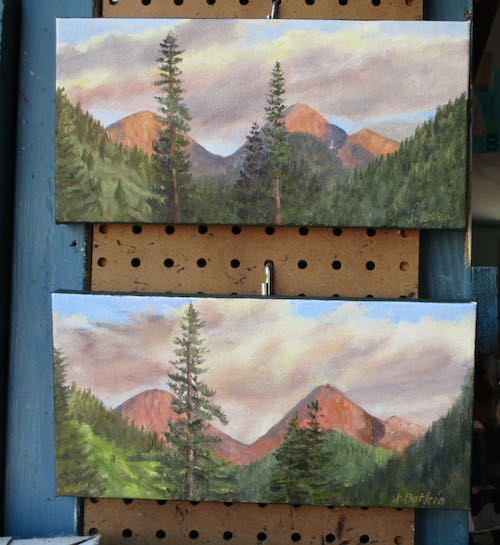
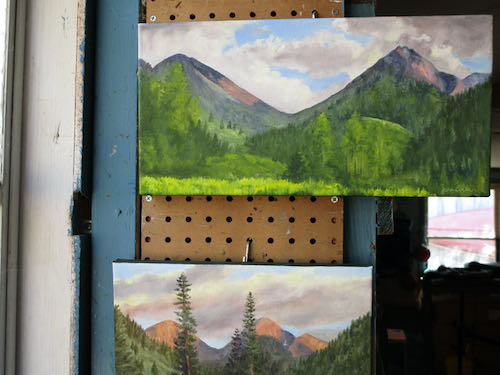









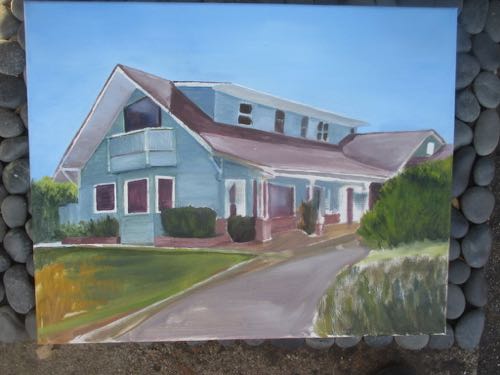
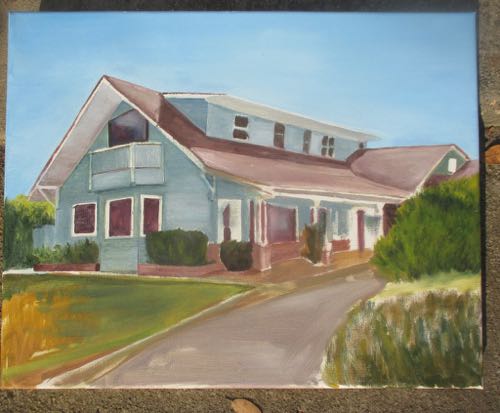
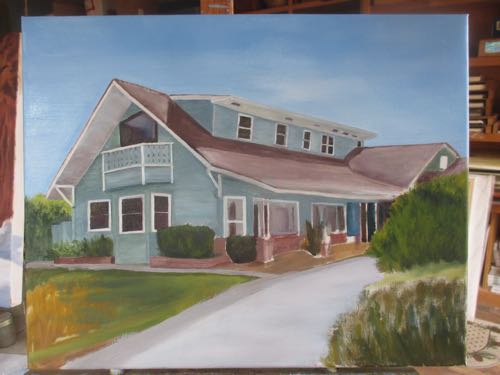
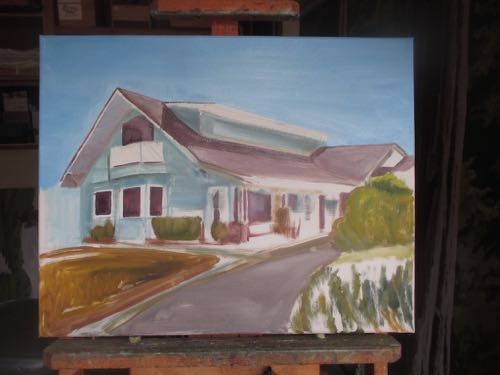

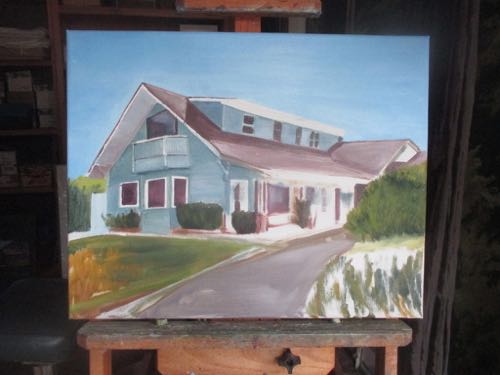
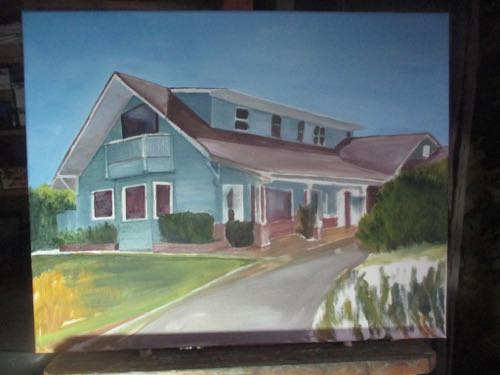
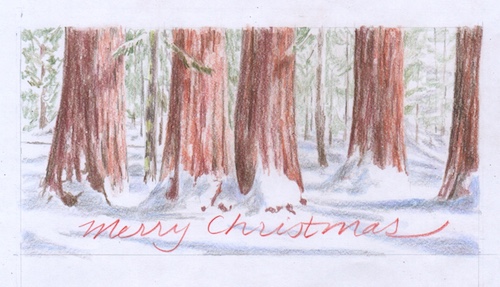
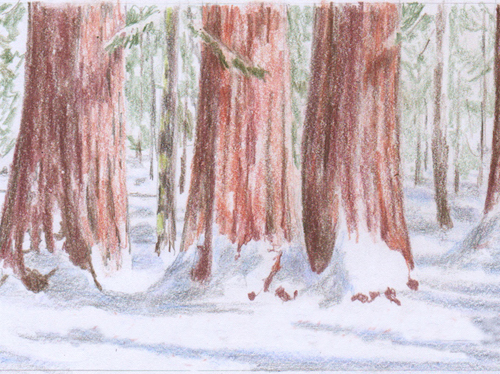 Then the requested time frame to receive the finished painting shrunk. People who don’t paint don’t know how long it takes for oil to dry; people who do paint don’t really know either but realize it isn’t an overnight situation. People who live in cities don’t know how long it takes for giant blank canvases to get shipped; people who don’t live in cities don’t really know either, but understand that time must be built in for snafus.
Then the requested time frame to receive the finished painting shrunk. People who don’t paint don’t know how long it takes for oil to dry; people who do paint don’t really know either but realize it isn’t an overnight situation. People who live in cities don’t know how long it takes for giant blank canvases to get shipped; people who don’t live in cities don’t really know either, but understand that time must be built in for snafus.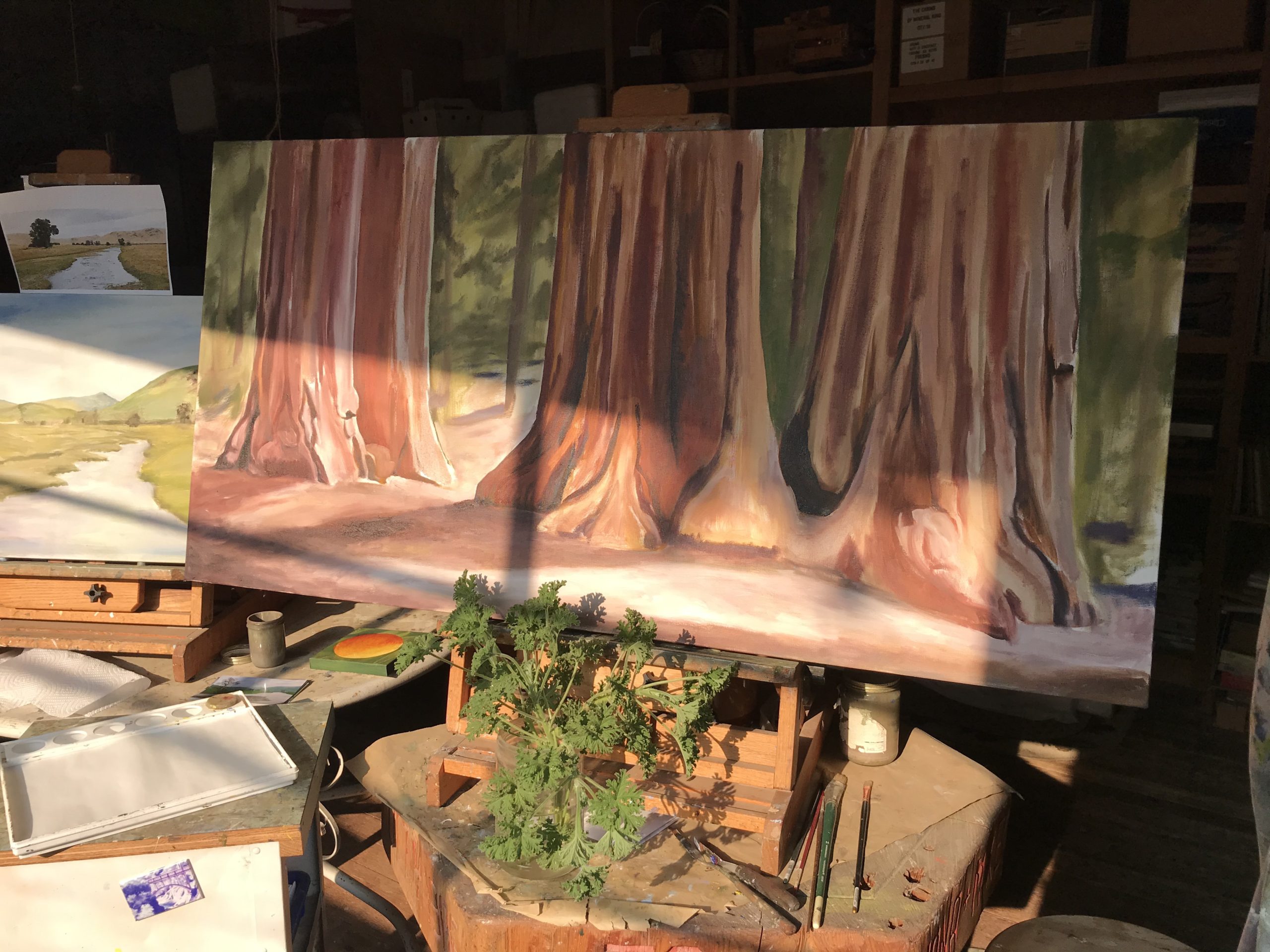 Necessity is the mother of invention and being innovative is part of living rurally. I decided that this unfinished summer scene could be converted to winter, because there isn’t enough time to wait for a new canvas to arrive.
Necessity is the mother of invention and being innovative is part of living rurally. I decided that this unfinished summer scene could be converted to winter, because there isn’t enough time to wait for a new canvas to arrive.
